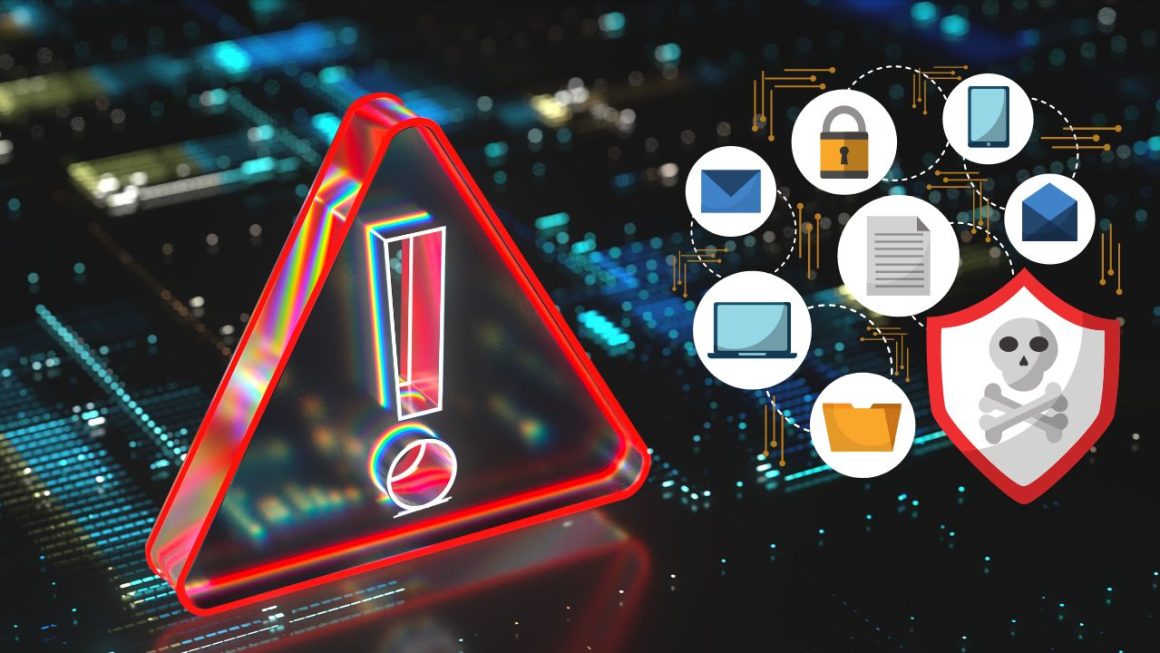Introduction
In the realm of cybersecurity, the pursuit of unbreakable encryption has been an ongoing endeavor. Traditional cryptographic methods, though robust, face the challenge of being potentially vulnerable to advancements in computing power and algorithmic breakthroughs. Enter quantum cryptography, a revolutionary approach that leverages the principles of quantum mechanics to ensure unbreakable security for the digital age.
Understanding Quantum Cryptography
Quantum cryptography operates on the fundamental principles of quantum mechanics, a branch of physics that deals with the behavior of matter and light on atomic and subatomic scales. Unlike classical cryptography, which relies on mathematical algorithms, quantum cryptography exploits the unique properties of quantum particles to achieve secure communication…
Quantum Entanglement
At the heart of quantum cryptography lies the concept of quantum entanglement. When two particles become entangled, their properties become correlated in such a way that the state of one particle instantaneously influences the state of the other, regardless of the distance separating them. This phenomenon forms the basis of secure key distribution in quantum cryptography.
Heisenberg Uncertainty Principle
Another key principle is Heisenberg’s Uncertainty Principle, which states that it is impossible to simultaneously measure certain pairs of properties of a particle with precision. This inherent uncertainty provides a means of detecting eavesdropping attempts in quantum communication channels.
How Quantum Cryptography Works
Quantum Key Distribution (QKD)
In quantum key distribution, two parties, traditionally referred to as Alice and Bob, exchange cryptographic keys encoded in quantum states. These keys are generated using entangled particles, ensuring that any attempt to intercept the communication would disrupt the delicate quantum state, thereby alerting the parties to the presence of an eavesdropper.
Quantum Communication Channels
Quantum cryptography can be implemented over various communication channels, including optical fibers and free space. Quantum key distribution systems typically involve sending photons encoded with quantum information over these channels, with built-in mechanisms for error correction and privacy amplification.
Post-Quantum Cryptography
While quantum cryptography offers unparalleled security against conventional cryptographic attacks, it is not immune to all forms of threats. Post-quantum cryptography refers to cryptographic algorithms designed to resist attacks from both classical and quantum computers, ensuring long-term security in the face of evolving technologies.
Applications of Quantum Cryptography
Secure Communication
One of the primary applications of quantum cryptography is secure communication between parties over public channels. Industries such as finance, healthcare, and government agencies rely on quantum encryption to safeguard sensitive information from unauthorized access.
Quantum Key Distribution Networks
Quantum key distribution networks enable the establishment of secure communication links between multiple parties. These networks are scalable and can accommodate a large number of users, making them suitable for applications requiring secure multi-party communication.
Quantum Internet
The concept of a quantum internet, built on the principles of quantum cryptography, promises unprecedented levels of security and privacy in global communication networks. Quantum-secured networks could revolutionize areas such as cloud computing, IoT, and critical infrastructure.
Challenges and Future Directions
Technological Limitations
Despite its potential, quantum cryptography faces several technological challenges, including the development of reliable quantum key distribution protocols, the integration of quantum systems with existing infrastructure, and the scalability of quantum networks.
Standardization and Adoption
The standardization of quantum cryptographic protocols and the widespread adoption of quantum-secure technologies are essential for realizing the full potential of quantum
cryptography. Collaborative efforts between academia, industry, and government agencies are underway to address these challenges.
Conclusion
Quantum cryptography represents a paradigm shift in the field of cybersecurity, offering unparalleled security guarantees based on the principles of quantum mechanics. With applications ranging from secure communication to the realization of a quantum internet, quantum cryptography holds the promise of ushering in a new era of unbreakable security for the digital age.
FAQs (Frequently Asked Questions)
Is quantum cryptography immune to all forms of attacks?
- Quantum cryptography provides strong security guarantees against conventional cryptographic attacks but may be susceptible to certain quantum-based threats.
How scalable are quantum key distribution networks?
- Quantum key distribution networks are highly scalable and can accommodate a large number of users, making them suitable for various applications.
What are the main challenges facing the adoption of quantum cryptography?
- Technological limitations, standardization issues, and the integration of quantum systems with existing infrastructure are among the primary challenges.
Can quantum cryptography be combined with classical encryption methods?
- Yes, hybrid cryptographic schemes that combine both classical and quantum encryption techniques are being explored to enhance security.
What role does quantum cryptography play in the development of quantum computing?
- Quantum cryptography plays a crucial role in ensuring the security of quantum computing systems, particularly in the context of quantum-resistant encryption algorithms.



